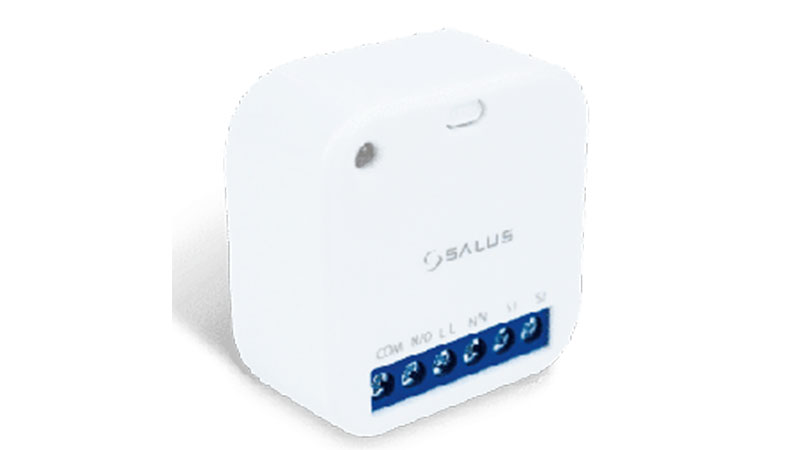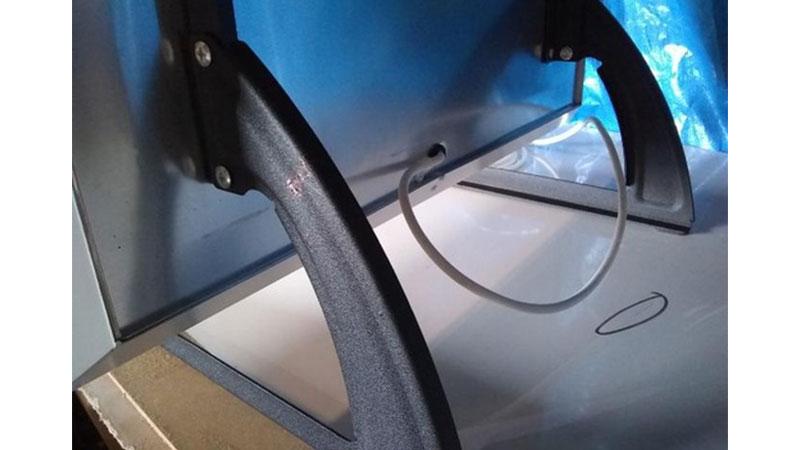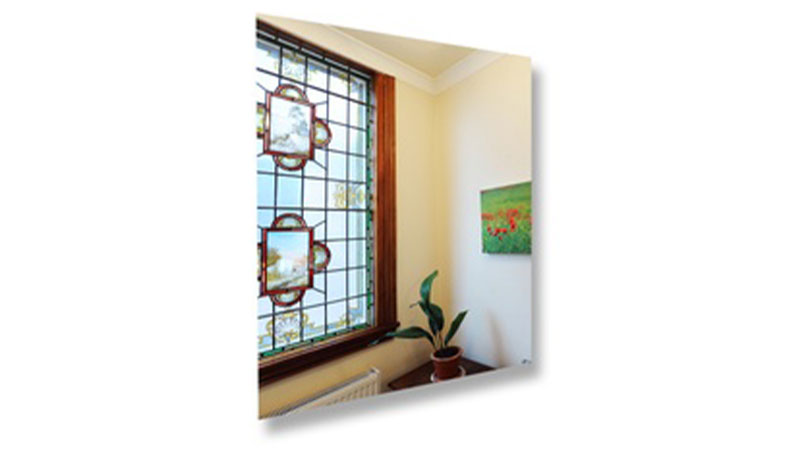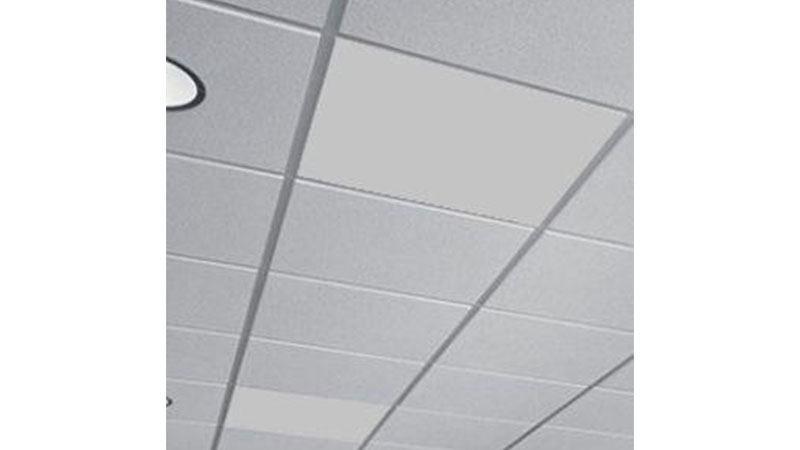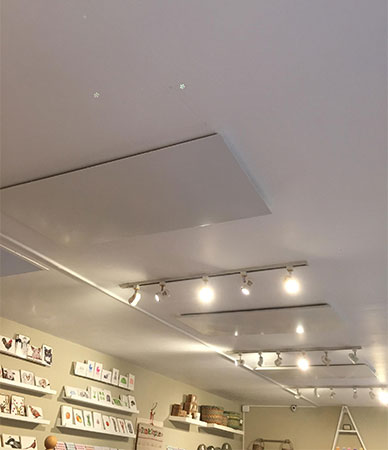Address
Lombard House
Cross Keys
Cross Keys
Staffordshire
WS13 6DN
About Bee Infrared Heating
Benefits of Infrared Heating
Fast Responsive Heating
Infrared delivers fast responsive heating, when and where it is needed.
Healthy Heat
Infrared Heating means fewer allergens and germs as well as reducing mould and condensation and is proven to help aches caused by damp. Feel the sun in your home!
Eliminates Damp
By heating objects and not the air, the air temperature is 2or 3 degrees lower than your walls and floors. Hence zero condensation.
Money Saving Features
Infrared's money-saving features coupled with our low prices produces a great return on investment
Low Purchase / Installation Costs
Our infrared heaters are way cheaper to buy and install than gas boilers or storage heaters.
Zero Maintenance Costs
Unlike gas boilers, heat pumps or air conditioners, our heater require zero maintenance. Install and forget.
Low Energy Usage
Infrared heaters typically use less than half the energy of an equivalent convection heater. How green is that!
Check Out Our Products
- Under Desk Heater
- Ceiling Tile Heater
- Heater Panels
- Printed Framed Panel
- Medium Intensity Heaters
- Pet Panel Heater
In the year 1800, Sir William Herschel discovered the existence of infrared by performing a simple experiment. Herschel passed sunlight through a prism. As sunlight passes through the prism, the prism divides it into a rainbow of colours called a spectrum. A spectrum contains all of the colours which make up sunlight. Herschel was interested in measuring the amount of heat in each colour. To do this he used thermometers with blackened bulbs and measured the temperature of the different colours of the spectrum.
He noticed that the temperature increased from the blue to the red part of the spectrum. Then he placed a thermometer just past the red part of the spectrum in a region where there was no visible light and found that the temperature there was even higher. Herschel realised that there must be another type of light which we cannot see in this region. This light was called infrared.
Can infrared radiant heating harm me?
Simply put, no Infrared radiant heating does not harm you or anyone around you. Everything absorbs or emits infrared. It is the way the sun keeps us warm on earth. There are no UV's or other nasties. In fact feeling warm on a cold day is probably the best health benefit there could be.
How does infrared radiant heating work?
Infrared Radiant Heaters use the oldest form of heating known to man. Just as the sun’s rays heat the earth, so infrared radiant heaters use this same method of heating. Objects, people and buildings are warmed directly rather than the air between them.
Infrared radiant heaters transmit infrared energy which converts into heat when absorbed by objects.
It is the infrared heater surface temperature and the emissivity value of the surface coating that determines how much infrared is transmitted and its wavelength, nothing else.
Because the energy is only turned into heat as it comes into contact with solid objects, the heat provided is highly efficient as very little is lost into the atmosphere. As everything absorbs infrared and everything emits infrared so the infrared heat from the panel is absorbed into the fabric of the room, walls, floors, objects and people, they warm up and in turn emit infrared back into the room. Traditional methods of heating, such as gas central heating, storage heaters, blown air and numerous other convection heaters rely on warming the air, warm up times are expensive and lost air means yet another warm-up time
How can infrared radiant heating save me money?
Using Infrared Radiant heating to warm objects and people directly rather than warming up the air will use about half the energy over a sustained period. We all know that energy is energy so how come? There's a simple answer, air leaks, escapes through open doors and windows, warm air rises above your head were you can't feel it and there's lots of it in a room, so there's a constant requirement to keep warming it up. Infrared Radiant heating puts heat into solid objects, walls and floors then gently releases it back into the room, when the room gets warm it stays warm for longer.
 UK
UK Ireland
Ireland Scotland
Scotland London
London



